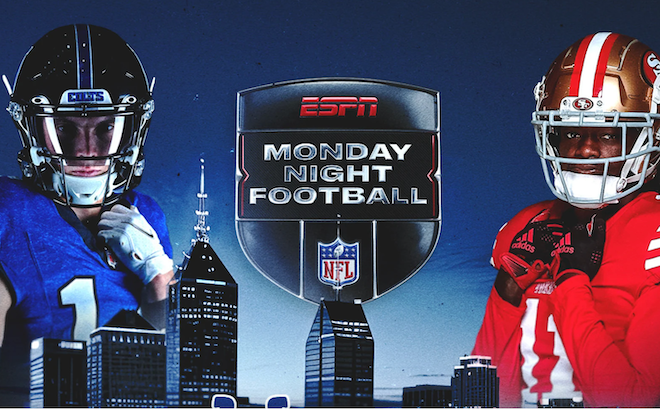(Direct) There’s probably a strong correlation between couch potatoes and avid movie watchers, which is why Blockbuster Inc. faces a unique challenge: Getting those film buffs off their sofas and into a local outlet.
Jon West, program manager for e-mail marketing at the Dallas-based movie rental chain, believes that part of the solution lies in a series of messages aimed at Blockbuster customers’ interests.
“We are trying to drive incremental sales by getting folks into the stores more often,” West says. And he wants visitors to spend more when they get there.
Blockbuster’s strategy centers on five newsletters. The biggest, What’s New at Blockbuster, covers a range of general interest topics, from recently released movies and games to store promotions and sales.
The publications’ mail dates are spaced to avert a boom-and-bust traffic pattern. What’s New goes out 26 times a year and is tailored to customer activity. It also takes into account whether an individual store is participating in one of its programs. (About 20% of the chain’s stores are independently owned, and managers can run whatever promotions they choose.)
A separate monthly newsletter is sent to Blockbuster Rewards program members. It incorporates a coupon for a free movie, account information and content based on member transactions. The other two monthly titles are Games at Blockbuster, largely informative and editorial driven, but with some promotional material; and New Releases.
The fifth publication targets Blockbuster’s online group. This newsletter ships every two weeks to people who have movies sent to them from a list of titles they’ve placed in a queue on the retailer’s Web site. It offers a combination of featured titles, and links back to an area where recipients can receive coupons for free rentals — provided they come into brick-and-mortar outlets to claim them.
Blockbuster has been careful not to dilute the newsletters’ effectiveness by over-communicating with customers. With the exception of Games, Blockbuster doesn’t send more than one edition to any given consumer. The company is also careful about not larding them up with incentives. While West is not averse to using electronic coupons, he feels the editorial content is what gives each newsletter value. Other factors compel the chain to create different versions: Some members belong to the Movie Pass program, which allows them as many rentals as they want, provided they pick the films up in stores. To them, Blockbuster suppresses all free-movie incentives (they’re irrelevant) and offers additional editorial features.
While the newsletters aren’t customized at the one-to-one level yet, “We can see down to segments, and target based on how they’re responding,” says Gina Lambright, managing director at Quris, a Denver e-mail campaign and analytics firm that coordinates Blockbuster’s e-CRM activities. Between versioning based on preferences, and copy and promotion tests, each mailing can consist of more than 60 variations being sent to “tens of millions” of participants, according to West.
Quris’ system allows e-mail responses to feed into its CRM database, allowing Blockbuster to see both store activity and e-mail responsiveness, and make correlations between the two.
As Quris senior account director Tim Judson says, “We are able to look at the profitability of different e-mail address sources — Web site, acquisition — and help guide Blockbuster in making decisions about where to invest its acquisition dollars.”



